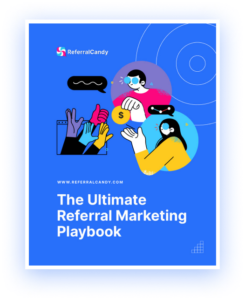There’s no doubt that a well-executed loyalty program can shift a brand to new heights. Top brands like Cineplex and Amazon have proven this.
Loyalty programs transform the relationship between a brand and its customers from a strictly transactional level to a deeper one.
It is an amazing way of appreciating your company’s most loyal customers, while engaging likely loyalists and bringing in fresh clients.
That said, because of how important it is to your business, there are some actions you would want to avoid when running a loyalty program.
Some minor slip-ups could give customers a negative perception of not only your program but brand. And this isn’t in theory as big brands like Microsoft, Starbucks, and H&M can testify that no business is too big to turn its customer experience from stellar into frustrating via their loyalty program.
So what is the result of loyalty program failure? And what can we learn from such experiences? In this piece, we’ll have a look at these and more.
Click to Jump
If Loyalty Programs Fail, Do they Even Work in the First Place?
The idea of rewarding frequent buyers has been used by businesses for decades on end. However, some major brands at one time or the other have ended loyalty programs, or cancelled them, or changed.
If such massive brands failed in running one, do loyalty programs work? The short answer is yes.
Used right, loyalty programs can retain customers by turning them into brand loyalists and encouraging repeat purchases:
- Existing Customers can generate up to 65% of a brand’s business
- A 5% rise in customer retention can boost a company’s profits by 25-125%.
- Customer acquisition is 5 times more expensive than retaining and satisfying current customers.
The problem is that loyalty programs need to be correctly implemented to work. When the structure isn’t right, when support isn’t there – that leads to the examples of loyalty program failures below.
Statistics about Loyalty Program Failures
Here are some intriguing statistics about loyalty programs:
1. 77% of Loyalty Programs that Offer Cashback, Discounts, and Merchandise Rewards Will Fail in 2 Years.
Loyalty programs that offer only transactional rewards will fail. Customers seek for more than just transactional discounts as incentives to drive them to make more purchases.
2. 70% of Emotionally Connected Customers Spend Twice as Much on Brands they are Loyal To
Loyalty programs that don’t build emotional engagement with consumers fail because consumers with deep emotional engagement spend more, which is the point of a loyalty program – get customers to spend more.
Plus, without an emotional connection customers don’t feel the need to be loyal to the brand.
3. Just 24% of Loyalty Programs Allow Redemption of Rewards Via Their Mobile Channel
Loyalty programs that don’t digitally engage and reward customers for interacting with the brand but just purchase may fail.
Examples of Failed Loyalty Programs and How to Improve
1. Starbucks: Public Outcry when Reward Criteria Changed
When Starbucks loyalty program was first rolled out, it worked on a basic 12-star reward system that involved every purchase of a drink or food item earning customers 1 gold star regardless of what the item cost.
When the customer got 12 gold stars they were able to redeem them for a beverage or food reward of their choice.
What Went Wrong: Starbucks changed a popular loyalty program
However, in 2016 the program changed. The Starbucks rewards program became one that rewarded just shoppers who were willing to spend more on each transaction. Starbucks loyal customers would now get two stars per dollar spent and could only redeem the stars for rewards when they get 125 stars.
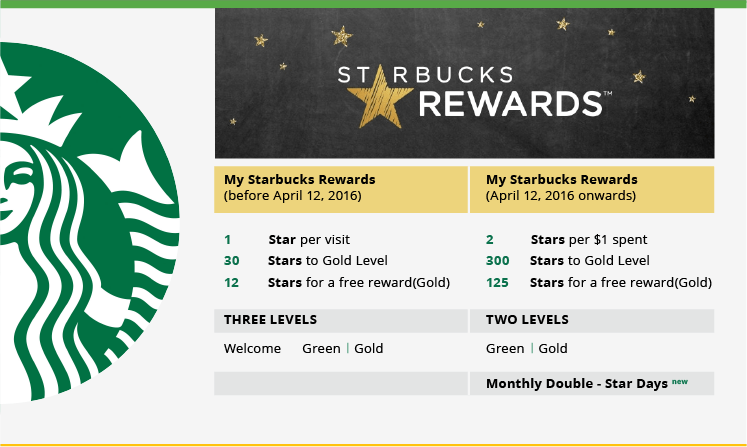
Starbucks loyalty program changes
Breaking it down numerically it’s clear to see why this would be frustrating for Starbuck customers.
The old program allowed a frugal Starbucks loyal customer to get a free coffee for every $48 spent after buying $4 plain coffees consistently. Now the same kind of customer will have to spend about $62.50 to get the same reward. Simply put, shoppers have to spend more money to receive rewards.
As you can expect the outcome of this change in the loyalty program was a massive disappointment.
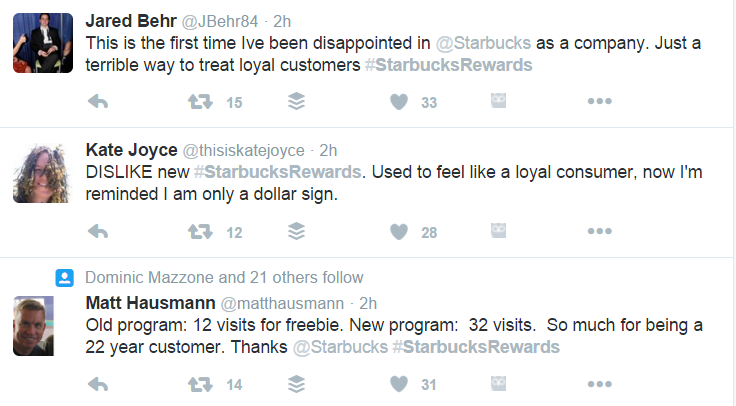
Starbucks loyalty program changes causes angry tweets from customers
Social media blew up with post after post of customer irritation and complaints. And in just eight days Starbucks buzz score fell by 50%.
Starbucks defended the change by stating that there were more ways to earn points for frugal spenders, while the big-time spenders will get more reward for spending more.
The problem with the loyalty program change was poor audience connection and lack of clarity.
Though Starbucks saw that the change would add value both to themselves and customers, the customers felt distrust in Starbucks for showing a lack of appreciation for their consistent loyalty.
Changing the program from an easy-to-understand 12 stars to a 125-star system confused them and made it seem like the brand made earning a reward a lot harder. However, this was a minor failure for Starbucks, as the loyalty program bounced back and still offers customers value.
Lesson Learned – Communicate Clearly
Learning from this it’s clear to see that having an easy-to-understand and clearer rewards program is necessary to ensure that your customers completely appreciate your loyalty program. And if you are to make changes to the program be clear as to the benefits for the customer.
2. Air Canada: Early Expiration Date of Air Miles
Air Miles is a travel loyalty program with over 10 million members in Canada and that’s approximately 2/3 of the nation’s population.
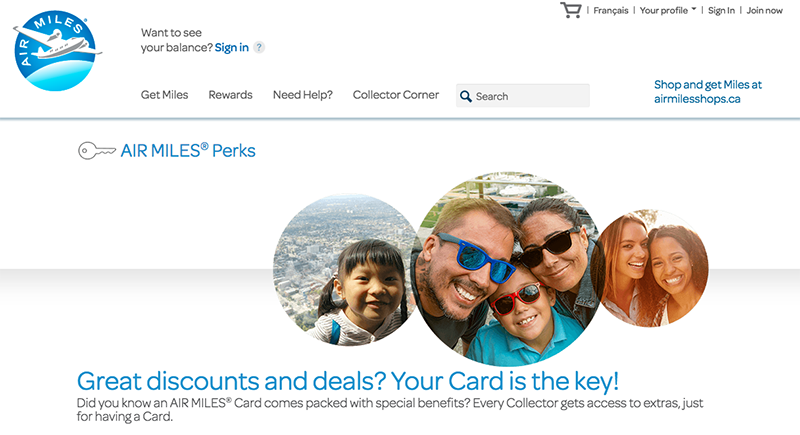
Air Miles loyalty program
The Air Miles program worked by partnering with a few credit card services, airlines, and stores to let its members receive air miles, whenever they make purchases at designated locations.
The miles received can then be redeemed by loyal customers to cut-down on flight expenses and this helps the company’s customers achieve their dream vacations.
What Went Wrong: Air Canada did not remind customers of expiring points
The loyalty program by Air Canada was so popular but trouble began to brew in 2011 when the Air Miles loyalty program stated that all points gained from the start of the program will expire in 2017.
Most people weren’t aware of this statement till the end of 2016 when loyalty members began to have issues with point redemption. And in a bid to redeem their hard-earned points customers started rushing to book flights and redeem their points for other types of rewards in order not to lose them.
Because of the angry reaction from its customers, the Air Miles loyalty program withdrew the expiration statement just one month before the time they had stated that all points would expire. The action pleased some customers but a majority of them were livid because they had spent all their points and now there was no reason for doing so.
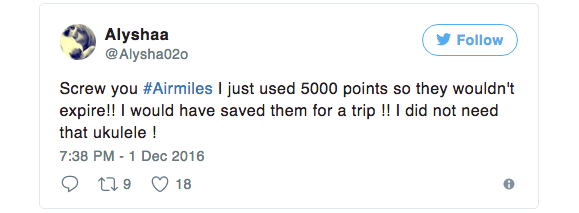
Air Miles Loyalty Member Angry Tweet
The colossal misjudgment from the Air Miles loyalty program cost the brand a quarter of a billion dollars and a large portion of their loyal customers.
Lesson Learned – Warn Customers About Expiry
Loyalty programs must be clear, concise, and straight to the point. Air Miles let down millions of loyal customers and kept them in the dark with regards to the state of their redeemable points and ended up with the company losing $242 million.
Some members up till now don’t even know if the points still have expiry dates on them.
So when creating and running a loyalty program it’s important to maintain consistent and clear messaging to ensure that your customers don’t get a deceptive vibe from your program.
If customers get a hint of a vague and unclear loyalty program the results will be bad for business.
3. Ace Hardware: You Only Earn $5 After a $250 Spend
Ace hardware runs a loyalty program and promotes it in-store perfectly.
You cannot see a transaction that happens without a sales rep asking the customer if they’re members of Ace Hardware’s loyalty program and requesting for the shopper to add their phone number on their payment pin pad.
ACE’s loyalty program gives 10 points per dollar spent in the store on particular purchases that qualify. And when the customer accumulates 2500 points they redeem them for a $5 coupon reward. This is equal to a 2% rebate.
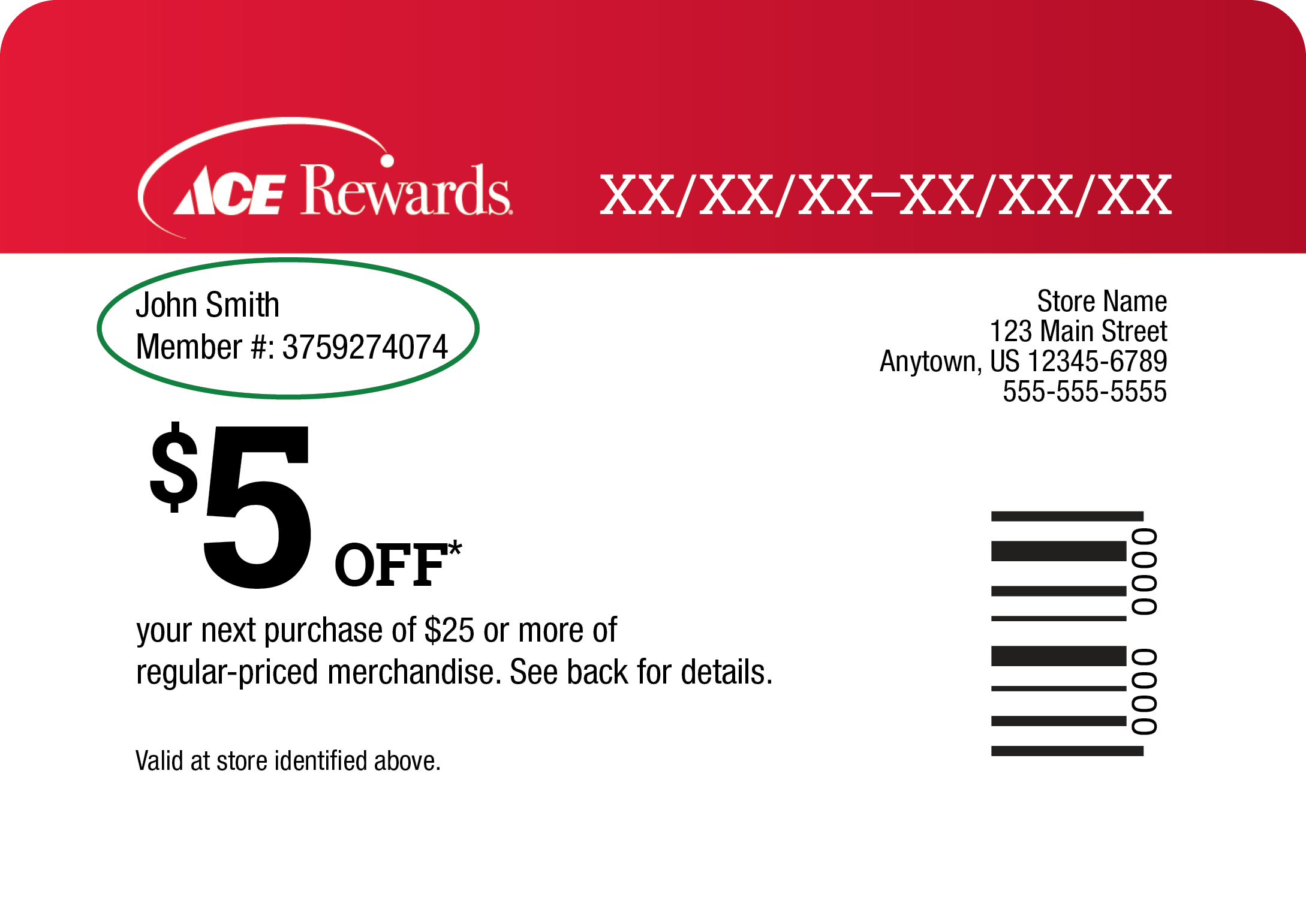
ACE hardware loyalty program $5 dollar loyalty reward
What Went Wrong: ACE Hardware made redemption criteria too strict
For those who don’t frequently visit the store, it may take them up to 6 months to receive the $5 reward. Which isn’t very encouraging. Also, the points don’t accumulate across all ACE stores. So customers may receive points that they can’t redeem if they change location.
Ace Hardware generates a lot of confusing questions for the loyalty program members as well, by sending members monthly mails that look just like its reward redemption mails. There is a $5 coupon in the mail, which appears to be the reward but it’s not. Rather it’s a discount offer that a customer can redeem when they spend $25 or more on particular items.
There’s also a lot of confusion in understanding what Ace Hardware defines as a qualifying item. This means that most customers leave the discount unused.
What’s the problem here? Ace Hardware’s loyalty program isn’t clear about the qualifying items that the loyalty member needs to purchase for a reward, sends conflicting messaging and the member takes forever to earn redeemable points (6 months in most cases).
Lesson Learned – Make Your Rewards Worthwhile
If your loyalty program doesn’t offer its members the opportunity to earn rewards quickly and sends unclear messaging about the details of it, the value of such a program can easily drop.
3. Chipotle’s Chiptopia Rewards: Too Complicated, Customers Split Orders
In 2016, Chipotle ran a loyalty program and gave out more than $70 million worth of free food. The program lasted for only three months, and was cancelled for four years until they tried again with a new loyalty program.
What Went Wrong: Chipotle overcomplicates the loyalty program
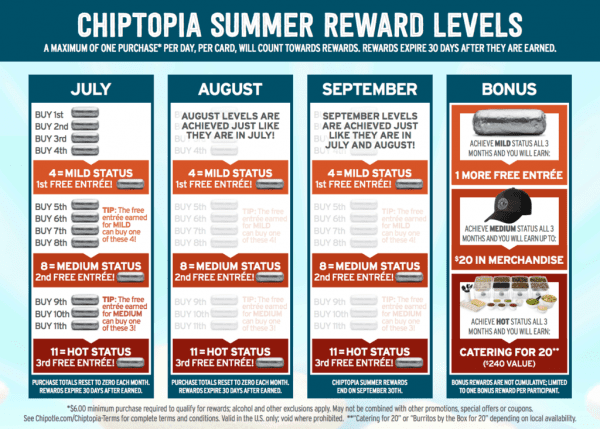
Chipotle’s complicated loyalty program
We covered the failed Chiptopia Summer Rewards program elsewhere on Candybar, but there were several major failures:
- Overly Complicated Rewards Structure: Even their graphic explaining the program was complicated. Customers found it difficult to figure out how to earn rewards but when they did…
- Incentives for Bad Behaviour: Chiptopia set a limit of one qualifying purchase per day, per customer. Savvy customers figured out that they would get more rewards if each person made their own order; this meant that a single family would result in 4-5 different orders rather than a single big order. And that meant…
- Slowdown at Cash Registers: Chipotle had a reputation for fast service, up to 350 transactions per hour. Chiptopia Rewards caused massive long queues, partly because of customers splitting up orders, but also because of their rewards program.
First-time customers signing up would need to be issued a card, as well as their signup reward of chips and guac; they would also have questions for the cashier. These two slowed down cashiers and resulted in long, stressful queues. - Short Timeline: While it was billed as a Summer Rewards program, it only ran for three months. That’s barely enough time for the full effect of a customer loyalty program to come into place, and for customers to deepen their relationship with the brand.
- Overly Expensive: Chipotle gave away $70m in free products, which was 16% of annual sales for the year. That’s a lot of free products for a program that only lasted a quarter!
It also didn’t help that in 2016, there was a health scare associated with Chipotle’s food products.
Lessons Learned – Structure And Plan Your Rewards Early
Planning and structuring is everything when running a loyalty program. While Chipotle’s controversy came at a bad timing, the bigger problem was the structure of the program.
The loyalty program has to be designed with three stakeholders in mind:
- Your customers (and their in-store experience)
- Your staff (and their working practices)
- Your business (and the bottom line!)
Chipotle’s short-lived Chiptopia rewards confused and frustrated customers, clogged up in-store cashiers, and cost the brand plenty of money — not to mention brand reputation damage.
4. H&M: Using their Loyalty Program as a Marketing Channel
If you’ve ever bought from H&M you will be aware of their rewards program or the H&M Club. The program works by encouraging interested customers to download the brand’s mobile app to become an H&M club member, then they offer members a 10% discount on the first order.
After this, everything you purchase gives you points that can later be redeemed for special offers and discounts. The mobile app is excellent. You can shop with it and view your number of collected points, as well as, unique promotions.
What Went Wrong: H&M spams users with Promotional emails
However, that brings an end to the great things with regards to the program. The first problem is H&M turns their loyalty program to a marketing channel. The brand sends messages or rather bombards the email addresses of members with details about the program and their products almost consistently.
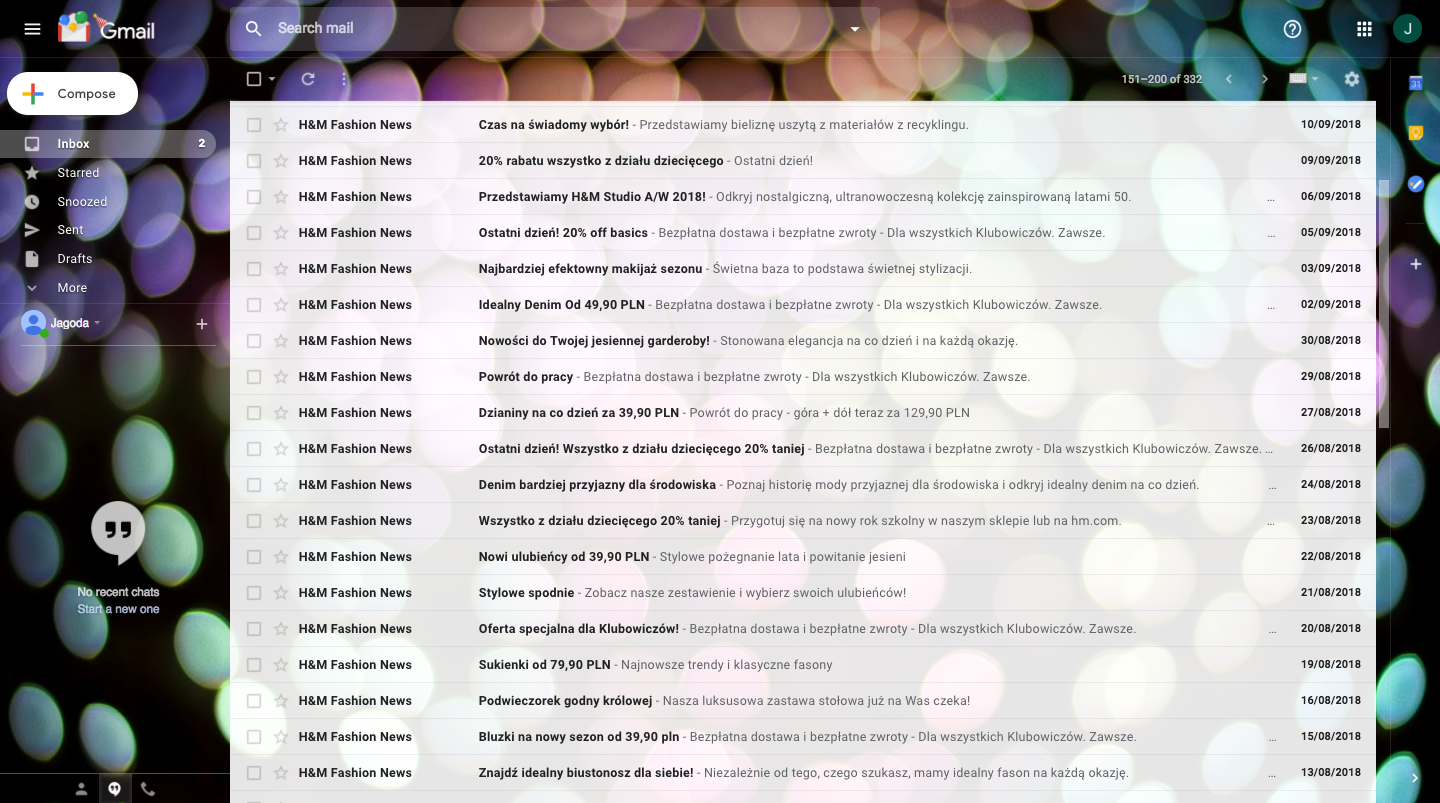
H&M loyalty program used as a marketing channel
This turns the email inbox literally into a spam folder. And makes for a very poor user experience, plus, the fact that the user can unsubscribe doesn’t make this any better.
Also, you don’t have a choice with regards to the mobile app. If you want to be a part of a program you have to download the app.
The loyalty program, as well, caters to everyone, which means that even in-store as a loyalty member you can’t escape long queues because everyone is a loyalty member with similar benefits.
Lessons Learned – Provide Value, Don’t Just Spam Customers
When creating a loyalty program user experience is a non-negotiable aspect. Stick to what users expect from the program – loyalty rewards and not promotional emails.
Poor customer experience or engagement with your program can ruin their perspective, not just about the rewards program but your brand as a whole.
Also, give your customers a choice on whether to engage with the program via a mobile app or not.
Some users may not want an extra app on their mobile devices so requiring that they must download an app to participate may hamper positive customer experience. Finally, give your loyalty program members a sense of exclusivity. Their perks need to be obvious.
5. Xbox Live Rewards: Poor Incentives
Microsoft Xbox Live is a subscription service that helps connect game players around the world to Microsoft servers to play cooperative video games together.
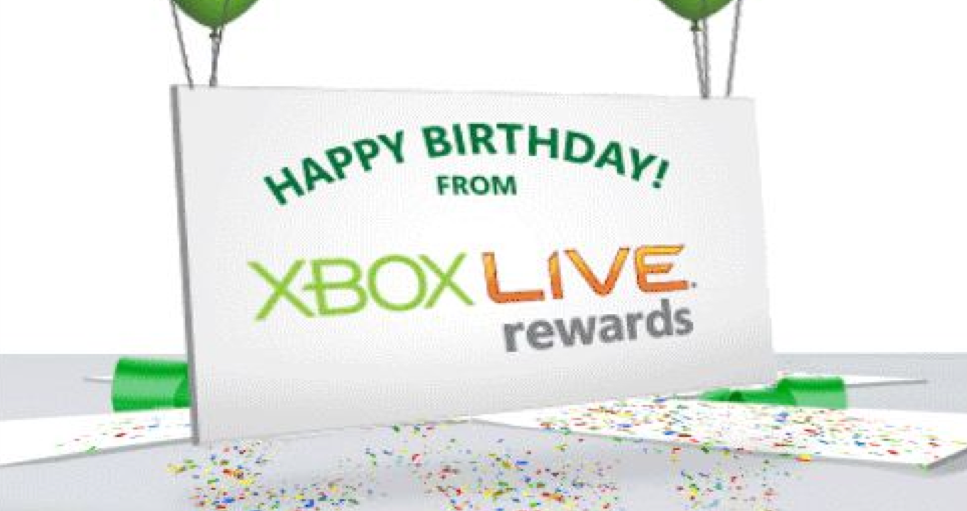
Xbox Live loyalty program happy birthday reward
When the service was launched it generated a lot of controversies and had a negative stigma attached to it. The reason for this was other platforms that offered similar services did so for free but Microsoft charged players $50 annually just to connect.
This put off many customers and made them not want to sign up for the service.
In a bid to appease its customers Microsoft launched the Xbox Live rewards program that offered members numerous ways to collect points including completing missions and buying stuff on the Xbox store.
Users can redeem points for numerous perks like using them to buy games, new character outfits, and avatar images.
What Went Wrong: XBox Live Rewards were not at all rewarding
The program looked great initially but then Xbox began to deliver what they termed “birthday rewards” and their customers felt unappreciated.
The birthday reward was 20 points given to loyalty members on their birthday and this equated to $0.25. This led to many Xbox customers feeling ripped off and the outcome was a social media storm with so many users complaining about how terrible the rewards were.
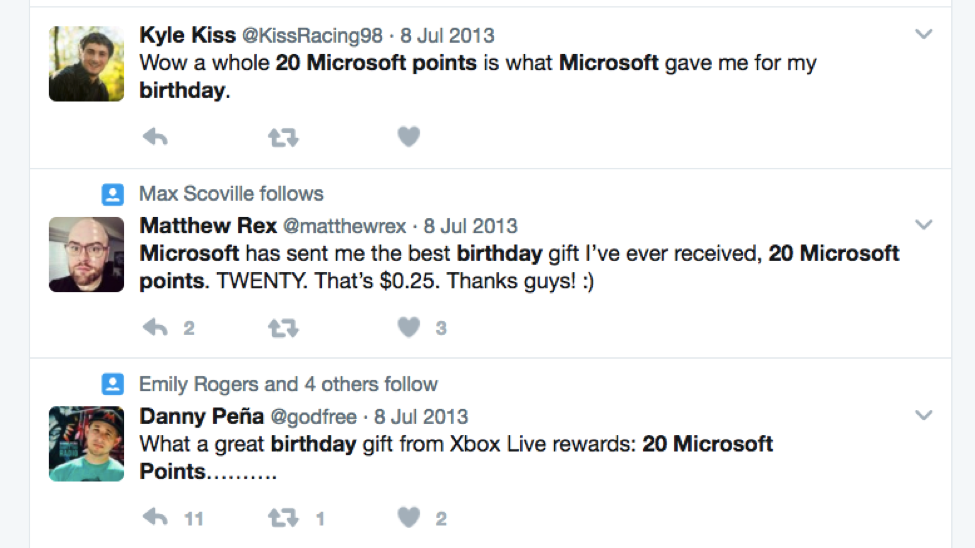
Angry loyalty program members tweets about Xbox birthday reward
Lessons Learned – Don’t Be Stingy
Before choosing an incentive or reward for your loyalty program, it’s important that you understand what your audience wants and will value.
This is where Microsoft made a mistake. It doesn’t mean that the reward has to be expensive but it must be valuable to customers to ensure that they feel appreciated.
For Xbox Live offering special access to certain features of Xbox live, free game trials, a special avatar customization service would have been much more appreciated than $0.25.
6. Tesla Rewards: Expensive Incentives
Did you know that even big brands are vulnerable to the losses that come with expensive incentives? Tesla had to cut short a rewards program that it once ran which offered 6 months of costless supercharging on purchase of a new Tesla.
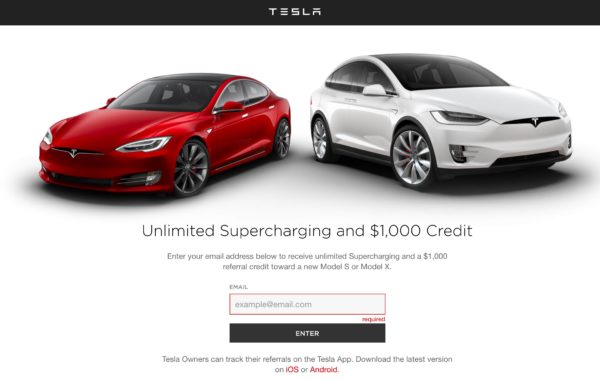
Tesla loyalty program
Elon Musk stated that the loyalty program was seriously impacting the brand’s profit margins and amplifying the cost of vehicles as a result.
Tesla eventually relaunched a more sustainable and revamped program.
Though this time it came as a referral program that rewards current Tesla owners and the new buyer they refer with 1000 miles of costless supercharging.
What Went Wrong: Badly planned rewards that negatively impact profit margins
Offering your loyal customers overly generous incentives can put you out of business. And this happens more often than you may think.
In the thrill of starting an amazing loyalty program to increase customer retention, boost revenue, and amplify brand awareness businesses tend to promise the universe. They fail to balance the incentives with the program’s cost beforehand.
Lessons Learnt – Make Sure Rewards are Sustainable
It’s important that you do not swing too far with your rewards. While you must offer something valuable to your loyalty program members, it’s crucial that you balance your rewards with all expenses you have made and will have to make.
Properly calculate your rewards so avoid crippling your profit margins like Tesla did.
Lessons for a Successful Loyalty Program
To run a successful loyalty program everything boils down to how well you listen to your customers. You need to identify your pain points and address them in a way that offers the best of your brand to them.
That said, here are a couple of lessons learned as to how to ensure that your program does not fill:
-
- Be clear about the details of your Loyalty Program. What are qualifying purchases and the terms and conditions for the user to both collect points and redeem them?
- Offer rewards to loyalty members that are valuable to your target audience
- Avoid complicated messaging in order not to come off as deceptive. Ensure that your loyal members can take you at your word without having to look for hidden messages behind what is said.
- Good customer experience is non-negotiable. When loyalty members have to go through so many phases just to register or get too many spam messages from a program, it will turn them off.
- Timing is crucial. Know the current perception of your brand before launching a loyalty program. This is essential so that customers do not misinterpret your intentions.
- Ensure the process of earning or collecting points is Us simple as possible. Making loyal customers wait too long to collect enough redeemable points will defeat the purpose of the program.
Conclusion
That’s a wrap! Loyalty programs succeed on a principle: understand your customer (their pain points, desires, and needs) fulfill their wants and be as open as possible. As long as your program caters to the wants, desires, and needs of your customers and you’re clear as to what it is all about and how they can be a part of it, you’re sure to succeed.
If you’re interested in boosting your word-of-mouth marketing strategy, check out ReferralCandy and InfluencerCandy!


